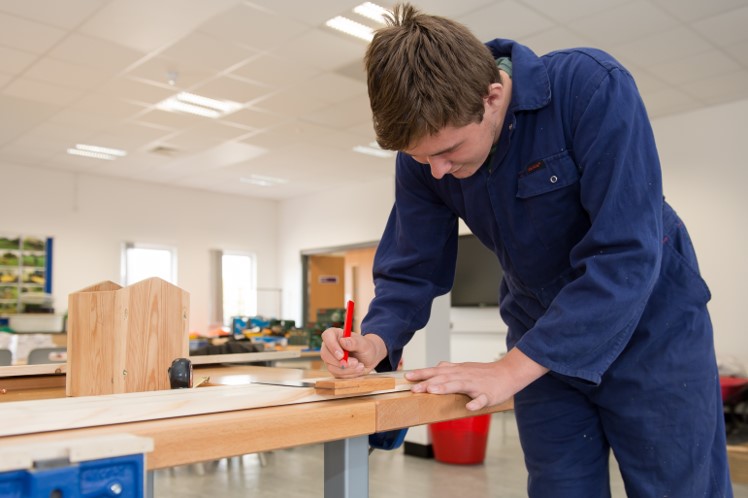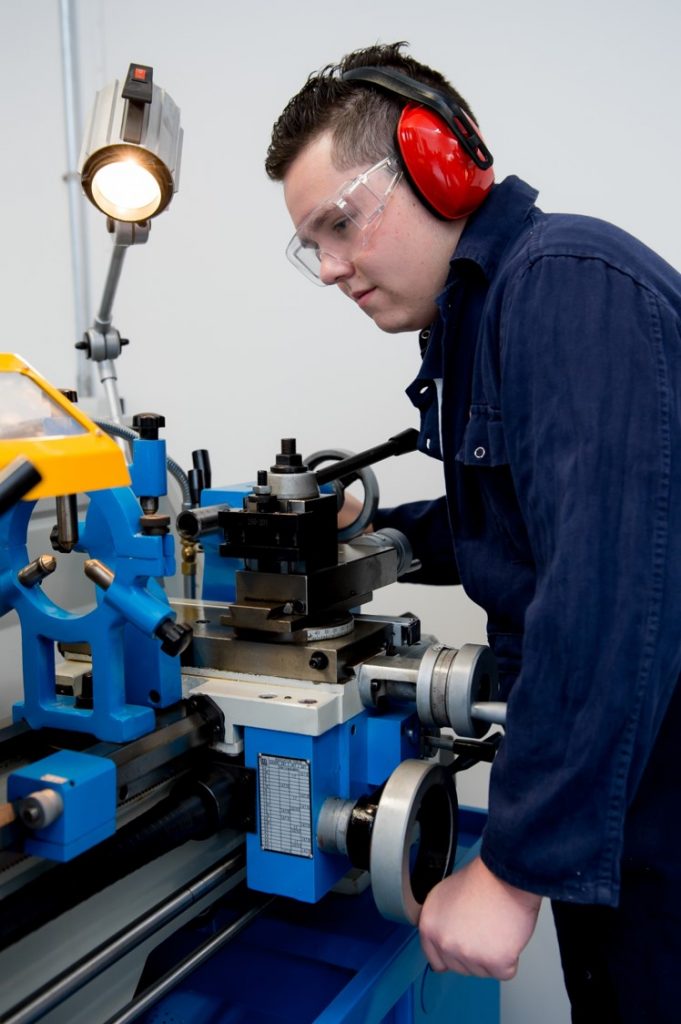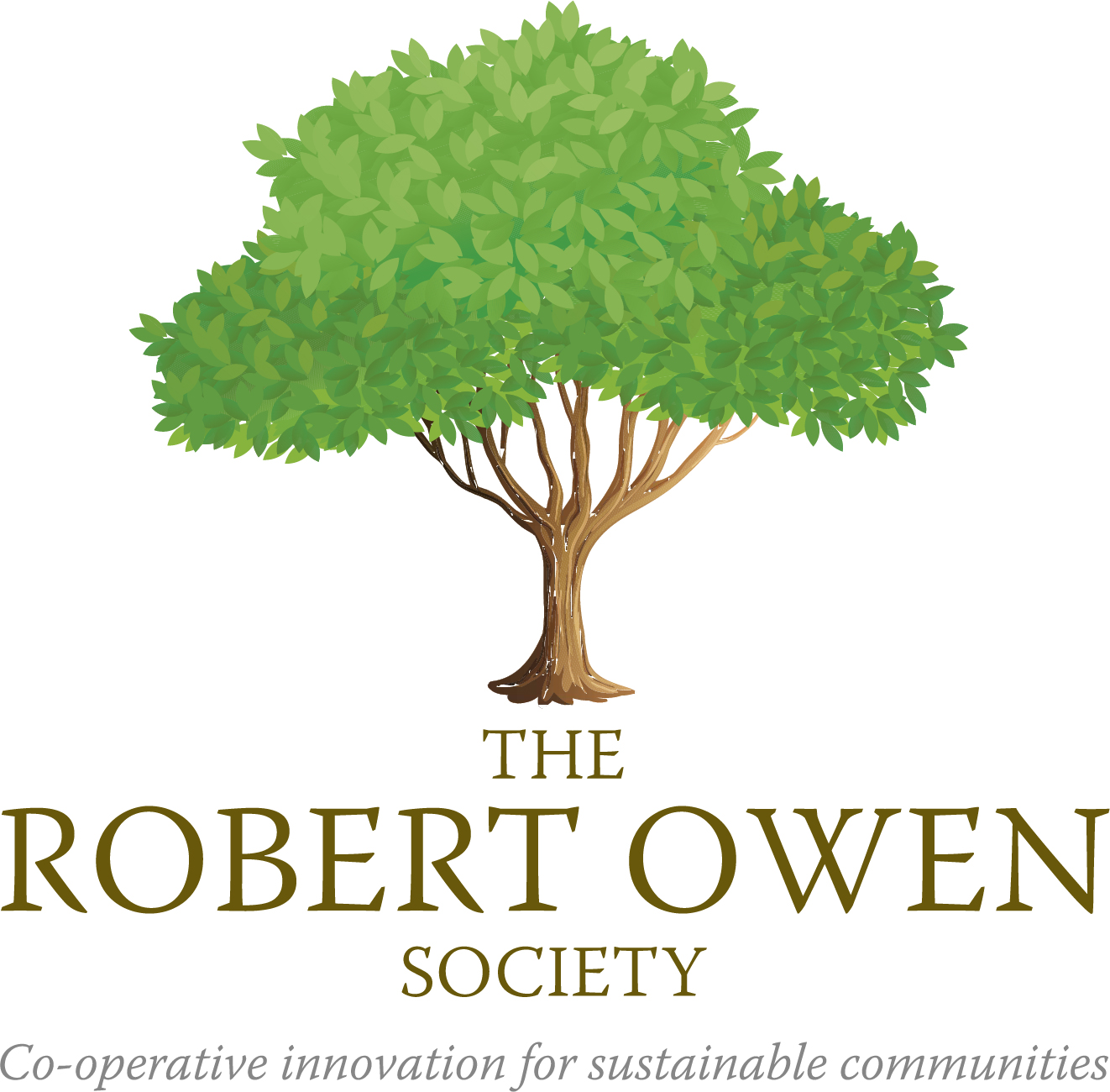Background
The Technical and Vocational Education Initiative Pilot (TVEI) was launched nationally, through the Department of Employment with Herefordshire as one of the first of ten national pilot areas. As the name suggests, the main purpose of TVEI was to promote technical and vocational education within England and Wales and later Scotland. The criteria as set out in the TVEI operating manual, were unequivocal and can be summarised that vocational education was to be interpreted as education in which the students are concerned were to acquire generic or specific skills with a view to employment. A major assumption behind the initiative was that expansion of technical and vocational education would eventually lead to improved economic growth and greater prosperity. The response of the educational establishment was mixed, with some fearing a narrow and divisive vocationalism and others, more optimistically, seeing it as a catalyst that would stimulate a vigorous and imaginative reappraisal of the curriculum and of the educational purposes which it should serve.

In Herefordshire, a Technical and Vocational Education (TVE) Centre was set up as a 14-19 base in Hereford city centre on the site of the former Hereford High School for Boys. Ten high schools and four local colleges participated in the five-year project. The project allowed each participating high school to select an all-ability cohort of students to work on a shared curriculum delivery with the TVE Centre, which effectively became a technical and vocational school with an integrated curriculum and teacher development centre.
We know that the Department, at the end of the project, wanted the Herefordshire model to be rolled out nationally, but this was defeated by the Treasury. The TVEI Extension Programme began nationally in 1988 and was rolled out in Hereford and Worcester involving all 14- 19 establishments; it was organised in two phases. In Herefordshire, this meant all high schools and not just the initial TVEI Pilot pioneers. This was seen as an opportunity to continue supporting schools and colleges in their efforts to improve the quality of education. In reality, it became little more than an additional funding stream to deliver the National Curriculum with some limited initiatives, such as the piloting of the Technological Baccalaureate in Redditch high schools with City and Guilds and the Institute of Education at London University.
There was a detailed evaluation undertaken at the end of the project, which highlighted the key areas of TVEI influence as:
- Collaboration
- cross-curricular initiatives
- entitlement
- equal opportunities
- European dimension
- framework for development
- information technology skills
- progression
- recording achievement
- special education
- teaching, learning and evaluation
- training and development
- work experience.
Despite the positive findings of the pilot and its extension, vocational education remained in the siding and the parity of esteem issue was unchanged. Interestingly, out of the evaluation of the Hereford and Worcester TVEI Extension Programme emerged the view of many participating colleagues that the net benefits of the TVEI programme were substantial, both in terms of increasing professionalism and developing understanding of educational processes. As always in education, not enough is known or understood about change processes. Implementation is, in many ways, an uncharted route and energies can easily be dissipated with trivialities and off-field challenges and irrelevant ideas. The evaluation concluded that local agencies continue to promote an appropriate climate, which both supports and sustains formative evaluation and change processes. One approach to this, which the report shows, is through consortia initiatives.

Prior to the TVEI Extension in Hereford and Worcester and more specifically in Herefordshire, there had been considerable co-operative working between schools and colleges with a generally inspired group of senior leaders. It was the intent of colleagues within the TVEI Extension to build upon existing relationships and to set up structures, which took collaboration to new heights. The TVEI Extension in Hereford and Worcester was subsequently organised into six consortia on a geographical basis of which the ancient County of Herefordshire formed one consortium. In general, schools and colleges welcomed the consortium approach and colleagues soon began to explore potential support structures and funding mechanisms, which could sustain curriculum innovation and professional development once the national funding stream finished. There was a genuine belief that such structures had the potential to meet the wider educational and vocational needs of young people. In short, vocational education would be created through co-operation and sharing. The Training and Enterprise Council (TEC) offered Herefordshire secondary headteachers and college principals full-funded access to the Coopers and Lybrand consultancy, to explore what sort of co-operative consortium structure might work for them in the future (beyond the TVEI Extension). This consultancy proved to be of immense value and so the recommendation of Coopers and Lybrand that an Industrial and Provident Society (IPS) be formed (with all schools and colleges as £1 shareholders) was agreed and is covered in the description of the Marches Consortium Co-operative.
The Marches Consortium Co-operative was formed with an agreed organisational and legal structure, which ensured autonomy for the schools and colleges as well as the creation of a body that could attract external funding for specific projects. An exceptional group of Herefordshire senior leaders had put self-interest to one side in the global interests of all Herefordshire 11-18 students, with the clear vision that technical and vocational education would be seen, through their collective efforts, to be a full partner alongside academic education.
By 2018, in development terms, it was difficult for current headteachers and college principals to think outside the academic straitjacket, which is imposed by the Department for Education, policed by OfSTED, encouraged by examination boards (with their commercial interests to serve), supported by the university sector (with a drive to recruit the brightest and best students) and driven by parents who aspire to the Gold Standard of A* GCSE grades followed by A levels. Local Authorities have long since given up the challenge of developing a fit for purpose local education system that offers genuine choice for all students. Thus, existing 11-16 and 11-18 comprehensive schools and academies will not find it easy to provide a full range of educational experience from traditional academic study to effective technical and vocational education, to the performing and creative arts and hence to vocational careers, pointing to career pathways. With great respect, two hours of wet trades on a Friday afternoon in a distant annexe, with difficult children is not what vocational education, in its full breadth, is about. At best, in a few schools, students are given a taste of certain vocational activities but their appetite for in-depth, focused, high-quality learning linked to their particular interests simply will not be accommodated because of the restrictions of time, dominant school culture, specific learning environments and lack of skilled staff who have been there and done it in vocational employment.

Kenneth Baker, a former Secretary of State for Education, in his book ‘14-18: A New Vision for Secondary Education’ (Baker, 2013) sets out what he believes are the four, distinct, 14-18 pathways that we should now be moving towards:
- a technical pathway with a focus on engineering and ICT.
- a liberal arts pathway built around academic subjects.
- a sports and creative arts pathway, embracing a wide range of sports and arts ranging from theatre, music and dance to fine art and a wide range of hand crafts such as pottery, sculpture and cabinetmaking.
- a career pathway, similar to that of the German and Austrian systems. This pathway would combine basic academic subjects with work-based apprenticeships and off-the-job education and training.
When readers explore through our account of An innovative school ahead of its time, we are sure that they will see this TVEI as key in setting the context in which the exceptional Robert Owen Academy was born and crafted by our pioneers.
